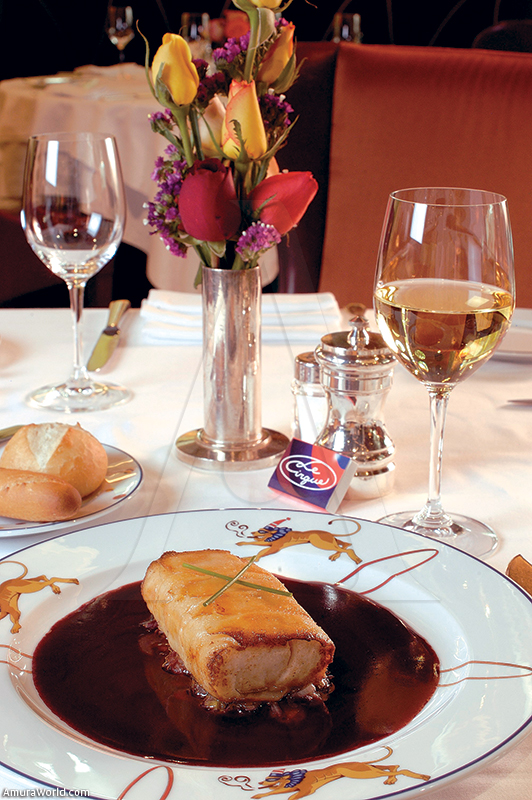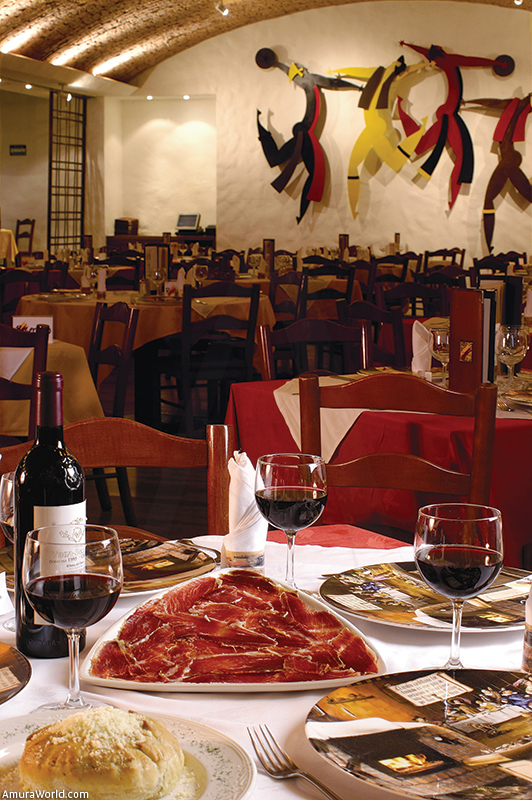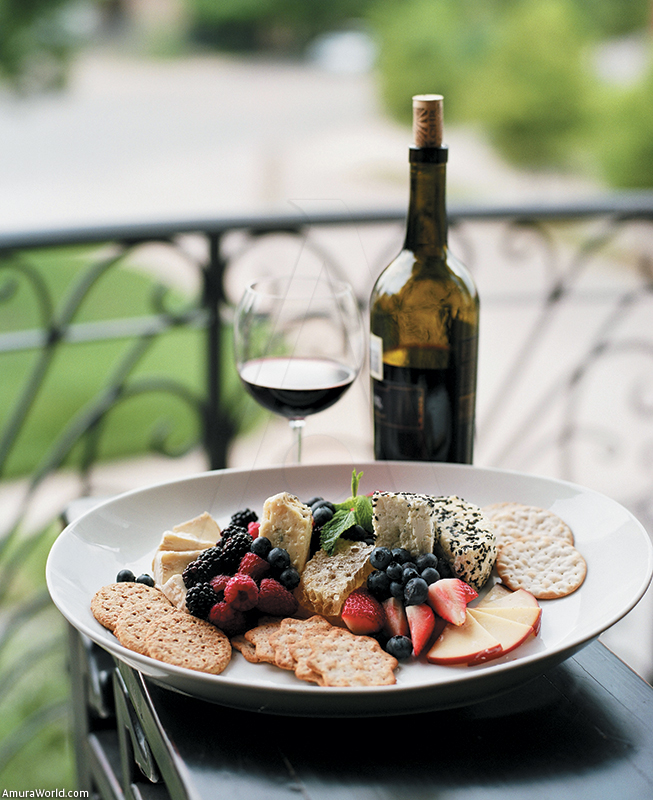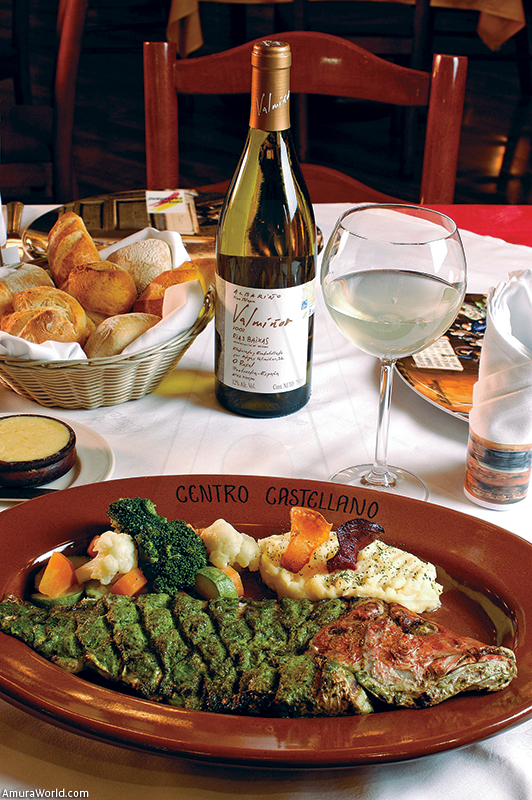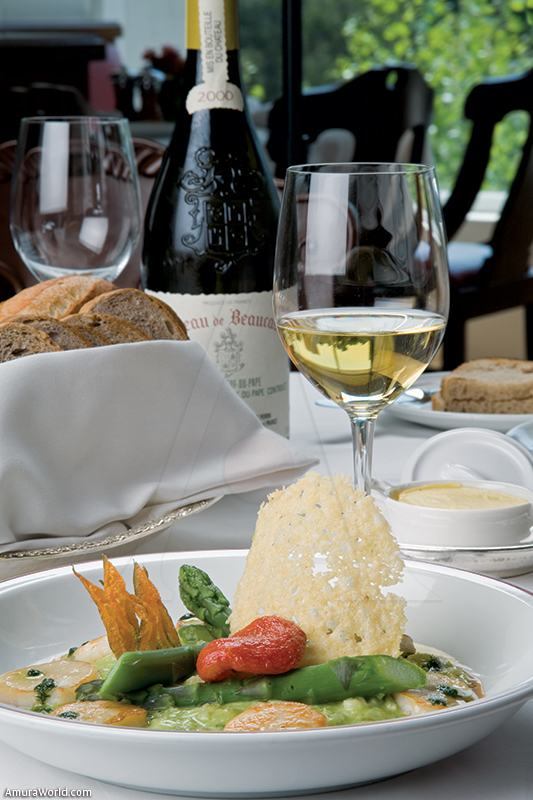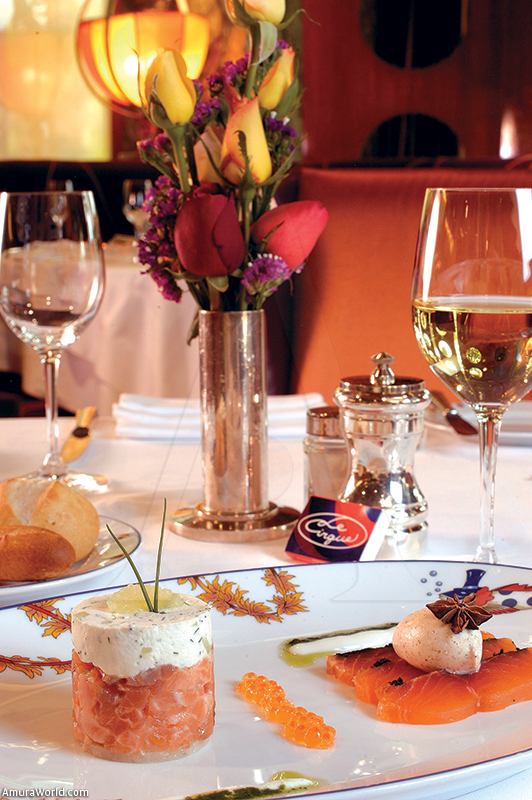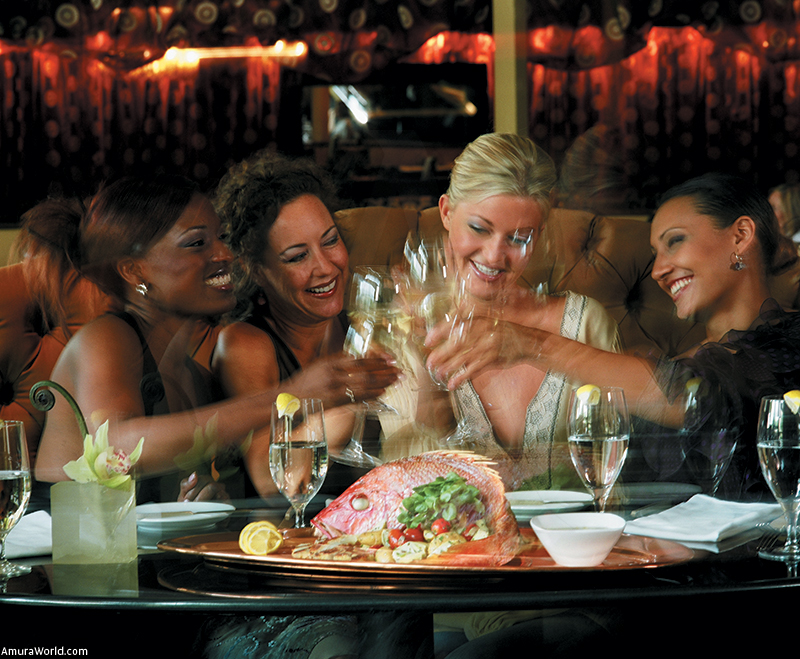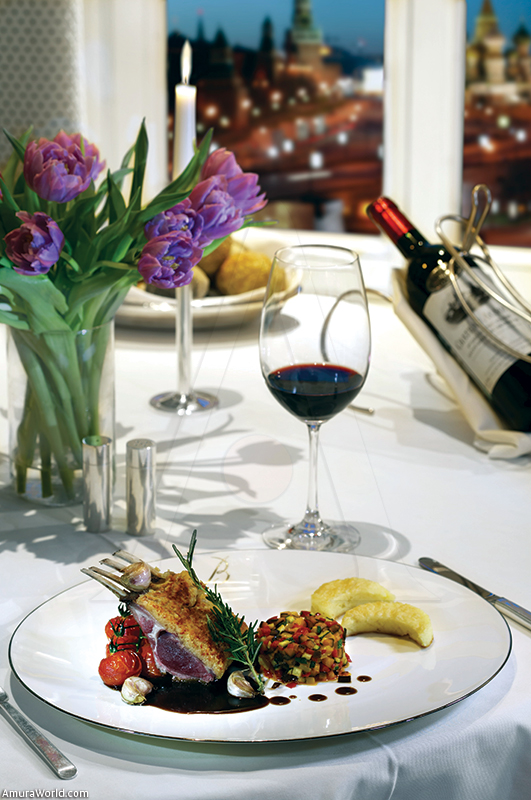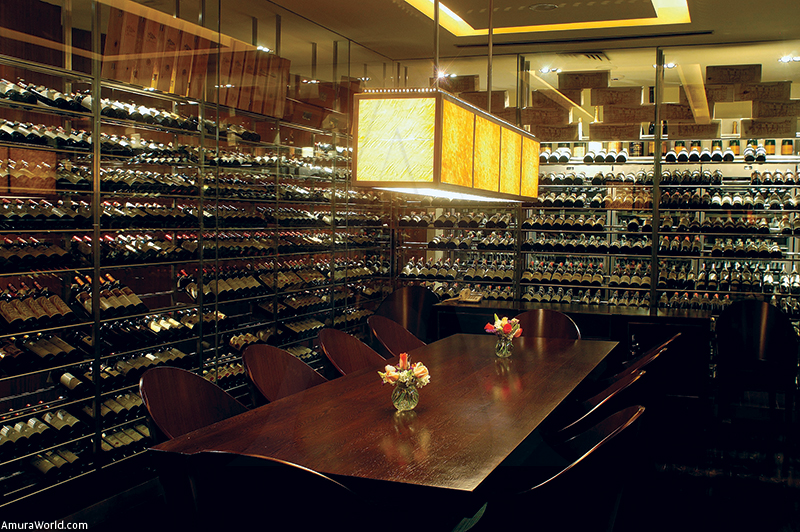As well as a good marriage, food and wine are made for one another and there is no absolute truth about the combinations that can be created. Each one strengthens and exalts the experience of the combination of both. For many, matching is very complicated because they think that there is an infinity of rules to follow. For others, it is very easy to follow some very basic rules, such as drinking red wine with red meat and white wine with fish.
Here we mention the only rule of matching and some suggestions to help you decide which wine you want to accompany your meals.
The only rule is that there are no rules when you are looking for how to combine wine with your favorite food. We can of course be guided by certain suggestions and combinations that have remained popular over the years, but lately the best combination will be that which pleases the palate the most and which is completely personal. That being said, there are certain considerations that may help us to make a better decision.
Our taste buds only perceive four flavors: sweet, acid, salty and sour, whereas our noses can distinguish more than 200 smells. This combination of both results in an infinity of flavors and aromas. It is important to remember that when we make a match, the flavor of the food may contrast with or complement the selection of the wine. For example, a Riesling with fruity aromas may make a pack a potato chips or any other salty dish more appetizing due to the contrast between the saltiness and the “sweet” aromas of the wine, whereas if we drink it with a fruit dessert, the combination of fruity aromas and flavors would be extremely subtle. Both combinations are valid and it is a personal decision about complementing or contrasting flavors.
Most people usually associate one type of wine with a certain type of food depending on its color. This concept cannot be said to be incorrect since there is freedom of choice, but it would be correct to calculate and balance the weight and the intensity of both flavors. Better explained, if you choose a light meal, its taste will be overwhelmed by a heavy wine with a strong personality. On the other hand, the taste of a delicate wine would be lost if accompanied by a main course with very condimented sauces.
One of the recommendations is that for a good grilled meat with no sauces but simply a garnish of potatoes or peppers, one could uncork a great reserve or vintage wine. Chicken, on the other hand, can be accompanied by various types of wine. For example, if we serve chicken with fruit sauce or with mushrooms and potatoes, a more full-bodied wine is required, such as a wine made from garnacha, tempranillo or Nebiolo grapes, to mention a few examples. For an oven-baked chicken dressed with lemon or aromatic herbs, we would serve a young white wine so that its fruity aromas and flavors would bring out the freshness of the lemon and the herbs.
For fish, a dish that does not always beg for a white wine, since sometimes fish with body and condimented sauces require a young red wine, other less fleshy fish, a rosé and the rest with white wine.
Pasta depends entirely on the sauce used; for example, with Bolognese, we would open a red wine, regardless of whether it is vintage or young.
Finally, it has been said that vinegar and chocolate are within the impossible combinations. One solution is to drink it with water, preferably sparkling, or a liqueur, although this is completely different in the case of mousse, for which a sweet wine or a semi-sweet fresh muscatel is recommended.
These are just some practical suggestions, but as always, there is nothing set in stone when it comes to taste; enjoying the pleasant experience of combining foods and wine without fear. Remember that your palate is the best judge.
Cheers!
La Cava de Le Cirque, designed by the famous architect and designer Adam D’ Tihany is a unique spectacle. With its large floor-to-ceiling windows that keep the wine at the ideal temperature of 140C surround a private room for 12 diners. The floor, table and furniture are made of African Wenge wood, make the place unique, where from inside, diners can clearly appreciate the labels on the bottles thanks to the angle at which they are stored.
The wine selection, made by Sommelier Arturo Jiménez, Wines Director of Le Cirque, consists of more than 550 different wine from all over the world and approximately 20,000 bottles and emphasizes regions of France, Italy, Spain, the United States and Mexico, although there is also an extensive selection of wines from Australia, South Africa, Chile and Argentina.
* Arturo Jiménez es Sommelier y Director de vinos en LeCirque
Text: Arturo Jiménez ± Photo: Archivo / Centro Castellano / L’Alsace / Le Cirque.

